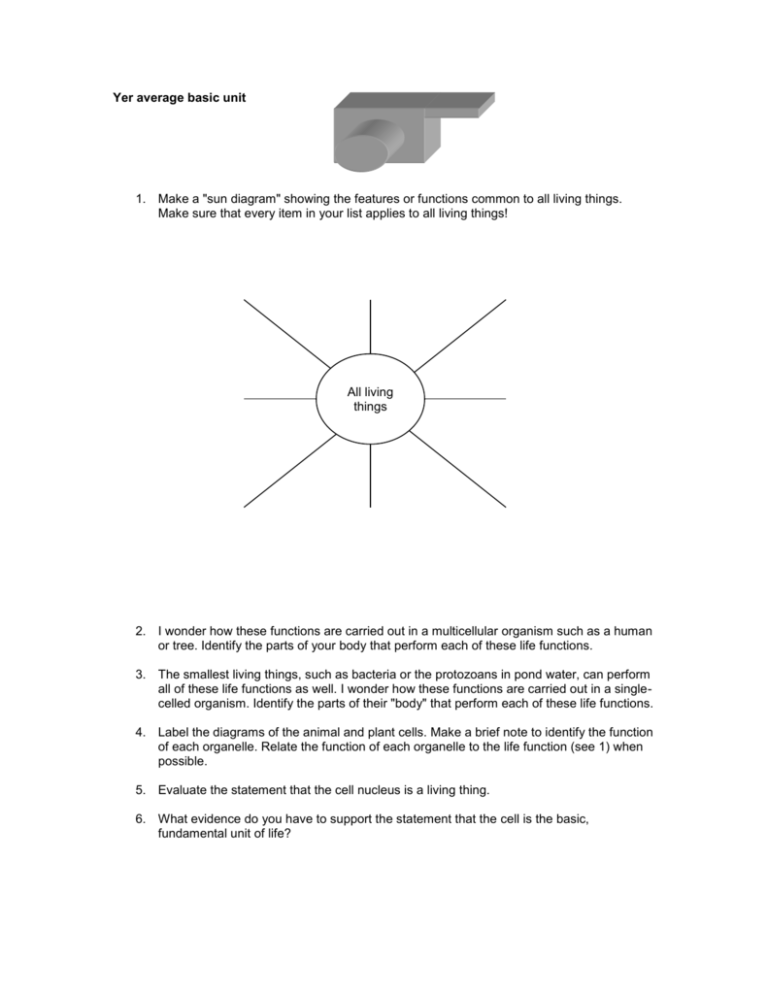

Like that of an atom, which is the fundamental unit in chemical structures, the cell is now accepted as the basic unit of life in all living organisms. These divisions are found to be essentially the same in majority of organisms. New cells are produced by division and redivision of preexisting cells through mitosis and meiosis. Energy released by such processes is generally utilised and stored as adenosine triphosphate (ATP). All cells release energy from food molecules by aerobic or anaerobic respiration. Certain proteins accelerate chemical reactions in the form of catalysts called enzymes. Biochemical studies reveal that all biological structures are made up of combinations of proteins, carbohydrates, lipids and nucleic acids. The cell is thus, a fundamental structural and functional unit of living organisms because the cellular function is destroyed with the destruction of cellular organisation. Nucleus is one such organelle that is commonly found in all cell types. These organelles perform distinct functions inside the cell. These organelles include plastids, mitochondria, endoplasmic reticulum, etc. This membrane is also present, surrounding each sub-cellular particles called organelles. The contents of each cell are bounded by a thin living membrane, called. All these cells exhibit a uniform plan of organisation at their cellular, sub-cellular and molecular levels. The living world is comprised of diverse forms of life like bacteria, protozoa, plants and animals which differ considerably in their morphology, function and behavior.


 0 kommentar(er)
0 kommentar(er)
